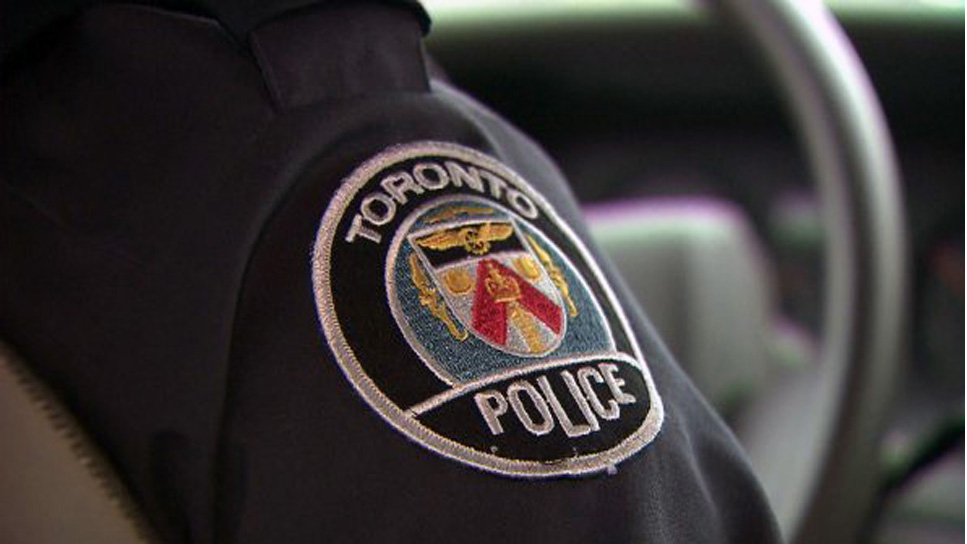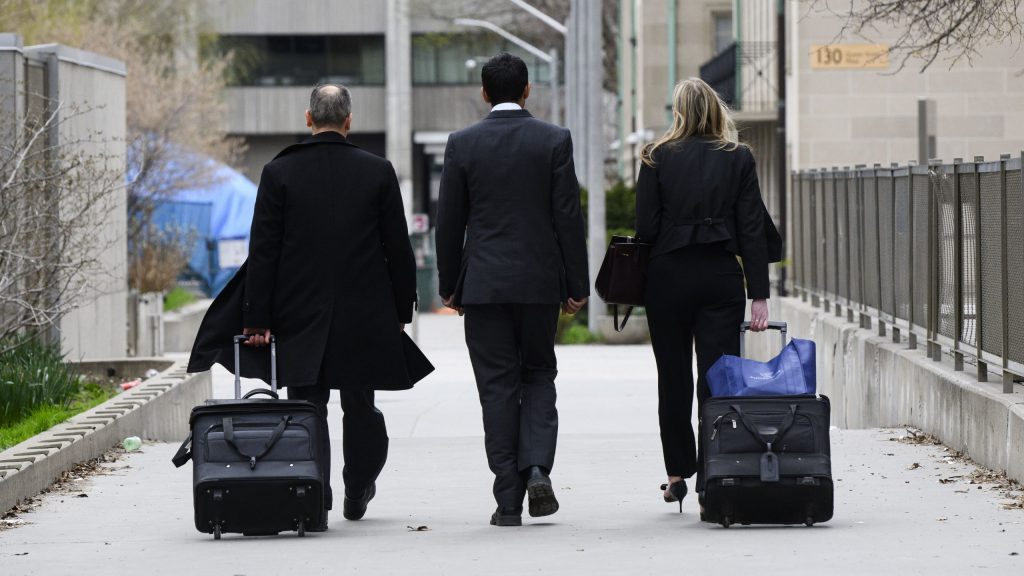Toronto’s storm sewer system needs upgrades: report
Posted August 22, 2013 7:32 am.
This article is more than 5 years old.
Shortly after Toronto’s historic early July rainfall, the directer of the charity Lake Ontario Waterkeeper, spoke to the Toronto Star about Toronto’s aging sewer infrastructure. According to the charity’s estimations, the storm resulted in more than a billion litters of untreated sewage water flowing directly into Toronto’s streets and water systems.
While City officials believe those numbers are exaggerated, a new comprehensive report by Canadian environmental charity Ecojustice, suggests that Ontario municipalities do annually dump billions of litres of untreated or partially treated sewage into the Great Lakes and that, without serious policy intervention and infrastructure upgrades, the problem will only get worse.
The 2013 Great Lakes Sewage Report Card — a follow-up to the organization’s 2006 report card–ranks 12 Ontario municipalities based on their sewage management system. Toronto ranked 10th, the York & Durham region ranked 2nd.
“The Great Lakes Basin is one of the most important freshwater ecosystems on the planet,” says Liat Podolsky, report author and Ecojustice staff scientist. “Sewage pollution in the Great Lakes impacts the quality of the water, as well as the biodiversity of the Great Lakes and all the species that live there. It affects our recreational enjoyment of the water and beaches, and increases the costs to treat drinking water.”
The major contributor to lake pollution, according to the new report, is untreated municipal waste water that flows direclty into waterways. This can happen either through a plant bypasses–where an overwhelmed wastewater treatment plant releases untreated or partially treated sewage directly into a local body of water–or, as is the main problem in Toronto, through a process known as combined sewer overflows (CSOs).
Many municipalities in Ontario–including Toronto–have a sewage system that incorporates both combined and separate sewer systems. In a combined sewer system both sanitary sewage and stormwater are carried in the same pipe. When the volume of water flow exceeds capacity, water that would normally be transported to a treatment centre is released directly into local bodies of water. According to the 2013 Ecojustice report, 25 per cent of of Toronto is serviced by combined sewers.
While Toronto ranked in the bottom three of the 12 municipalities studied, the Ecojustice report does point to a number of Toronto initiatives underway that, if fully implemented, will likely improve the city’s future sewage treatment score. Among these initiatives are plans to address CSOs and stormwater discharges from 50 combined sewer outfalls along lower Don River, Taylor Massey Creek and the Inner Harbour as well the implementation of the Wet Weather Flow Management Policy which provides guidelines on how to use green infrastructure to minimize the amount of storm-water leaving a site (including green roofs and rainwater harvesting).
“Toronto is making good investments to upgrade its aging infrastructure, and also makes extensive use of green infrastructure to absorb and manage stormwater at the source and prevent it from going into the system for treatment,” says Podolsky.
But there’s still a long way to go.
A good first step, says Podolsky, is accurate reporting.Toronto currently has no method for publicly reporting bypasses and combined sewer overflow events so citizens don’t know when they are occurring and which areas have been impacted.
“Toronto needs to continue working towards and prioritizing the upgrading of antiquated infrastructure, such as combined sewers, to reduce the frequency and volume of combined sewer overflows that it experiences each year,” adds Podolsky. “Given the probability that we will continue to see more frequent intense storm events, such as the flood we had in July, we also need to find ways to control and manage all the excess stormwater at the source that will overwhelm the system during these events.”
“The Great Lake Basin provides drinking water for millions and is an essential part of life for Ontarians,” Podolsky continues. “We’re urging municipalities to reduce sewage pollution and keep Ontario’s water swimmable, drinkable, and fishable.”










